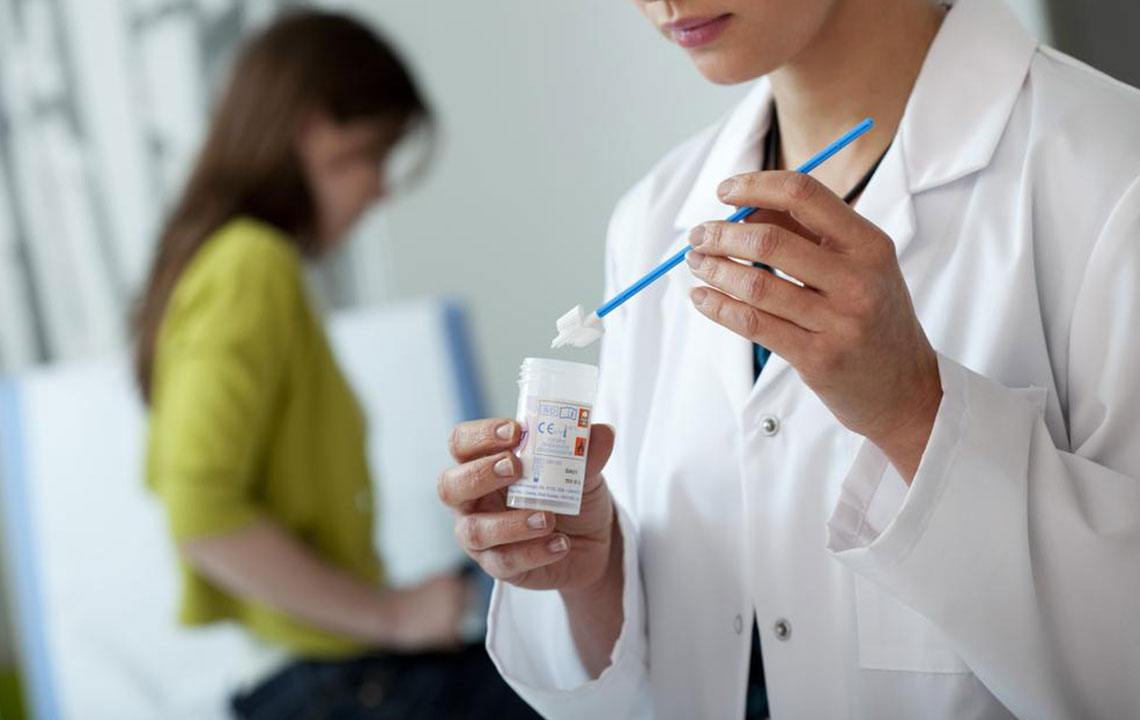Comprehensive Guide to Managing Vaginal Dryness During Menopause: Causes, Symptoms, and Effective Treatments
This comprehensive guide explores the causes, symptoms, diagnosis, and effective treatments for vaginal dryness during menopause. It emphasizes the importance of consulting healthcare professionals for personalized care, discusses hormone-based and alternative remedies, and offers lifestyle tips to restore comfort and sexual health. Managing vaginal dryness is essential for maintaining quality of life during menopause, and early intervention can prevent complications. This detailed overview aims to empower women to understand their condition and explore suitable treatment options for improved well-being.

Understanding and Managing Vaginal Dryness During Menopause: Causes, Symptoms, and Practical Solutions
Vaginal dryness is a common concern faced by many women navigating the menopause transition. Despite its prevalence, many women remain unaware that effective treatments and management strategies exist to alleviate this uncomfortable condition. Addressing vaginal dryness is crucial not only for comfort but also for maintaining sexual health, preventing infections, and ensuring overall well-being during and after menopause.
Vaginal dryness manifests when the tissues in the vaginal area become less lubricated, resulting in discomfort, irritation, and sometimes pain during intimacy. It can also cause itching, soreness, and an increased risk of infections such as urinary tract infections (UTIs). Recognizing and managing this condition early can significantly improve quality of life during the menopausal years.
What Causes Vaginal Dryness During Menopause?
At the core of vaginal lubrication is a delicate process maintained by estrogen, a key hormone produced primarily by the ovaries. Estrogen plays a vital role in ensuring the vaginal lining remains healthy, elastic, and adequately hydrated. It stimulates the thickening of the vaginal tissues, promotes blood flow, and helps maintain the natural balance of bacteria that protect against infections.
As women approach menopause, usually between ages 45 and 55, estrogen levels begin to decline significantly. This hormonal shift results in thinning of the vaginal lining, decreased blood flow, and reduced secretion of vaginal fluids, leading to dryness. While hormonal changes are central to this process, other factors can exacerbate the issue.
Additional causes contributing to vaginal dryness include childbirth, breastfeeding, certain cancer treatments like chemotherapy, surgical removal of the ovaries (oophorectomy), autoimmune conditions such as Sjogren's syndrome which affects moisture-producing glands, and the use of specific medications including antihistamines, antidepressants, and blood pressure drugs. Lifestyle factors like high stress levels, smoking, excessive alcohol consumption, and poor nutrition can also negatively impact estrogen production and overall vaginal health.
The symptoms associated with vaginal dryness are diverse and can vary in severity. Many women experience persistent irritation, itching, soreness, and burning sensations. During sexual activity, dryness can lead to discomfort and pain, often causing a decline in sexual desire and intimacy. Some women may notice increased urinary tract infections, vaginal discharge, or a sensation of vaginal tightness. These symptoms can impair daily functioning and emotional well-being.
Understanding the root causes of vaginal dryness is essential for selecting appropriate treatment options. Women experiencing persistent symptoms should consult healthcare professionals specializing in gynecology or menopausal health for proper diagnosis and personalized care plans. Diagnosis typically involves reviewing medical history, symptom assessment, and a physical pelvic examination.
How Is Menopause-Related Vaginal Dryness Diagnosed?
If you experience symptoms such as burning, itching, irritation, or pain during or after sex, it’s advisable to see a healthcare provider. A gynecologist will perform an evaluation, which may include a detailed review of your medical history and current medications. During the pelvic exam, the doctor assesses the vaginal tissues for thinning, redness, or loss of elasticity. In some cases, diagnostic tests like Pap smears or cultures may be conducted to rule out infections or other underlying issues.
In addition, hormone level testing may be recommended to evaluate estrogen levels, especially if menopause is suspected to be the primary cause. This comprehensive approach ensures an accurate diagnosis and facilitates targeted treatment strategies tailored to individual needs.
Effective Treatments and Management Strategies for Vaginal Dryness During Menopause
While vaginal dryness can be uncomfortable and distressing, several effective management options are available. The choice of treatment depends on the severity of symptoms, underlying causes, personal preferences, and overall health status. Here are some of the most commonly recommended remedies:
Topical Estrogen Therapy: Vaginal creams, tablets, or rings containing estrogen can be applied locally to directly target the affected tissues. These treatments promote tissue regeneration, increase blood flow, and restore natural lubrication. They are generally safe for most women and have minimal systemic absorption, making them a preferable option for many.
Systemic Estrogen Therapy: In cases where broader menopausal symptoms like hot flashes and mood swings coexist, healthcare providers may prescribe oral or transdermal estrogen patches. These require careful monitoring due to potential side effects, but they can significantly improve vaginal moisture alongside other menopausal symptoms.
Vaginal Moisturizers and Lubricants: Water-based lubricants are simple, over-the-counter solutions that reduce discomfort during sexual activity. Vaginal moisturizers, used regularly, help maintain consistent hydration of vaginal tissues and improve overall comfort. It’s advisable to select products free from irritants or fragrances.
Healthy Lifestyle Habits: Regular sexual activity, even if solo, can promote blood flow and stimulate natural lubrication. Maintaining a balanced diet rich in phytoestrogens (plant-based estrogen-like compounds), engaging in weight-bearing exercise, managing stress, avoiding smoking, and limiting alcohol intake all support hormonal balance and vaginal health.
Pelvic Floor Exercises: Strengthening the pelvic floor muscles through Kegel exercises can improve blood circulation and tissue health, potentially alleviating dryness and enhancing sexual experience.
Addressing Underlying Conditions: Managing autoimmune diseases, hormonal imbalances, or addressing medication side effects can reduce the severity of vaginal dryness. Collaboration with healthcare providers ensures a comprehensive approach to treatment.
It is essential to remember that individual responses to treatments may vary. Consulting a healthcare provider can help determine the most suitable options and develop a personalized management plan. Regular follow-up appointments facilitate monitoring progress and making necessary adjustments.
In conclusion, vaginal dryness during menopause is a prevalent issue, but it is manageable with appropriate strategies. Early diagnosis and treatment can significantly improve comfort, intimacy, and overall quality of life. Women should not hesitate to seek medical advice to explore effective remedies and regain confidence and well-being during this natural life stage.





